
Mother nature brought everything it had to Nebraskans this past month. Record rainfall in the central part of the state, snow in the west, and cool, damp weather to end the month.
April temperatures ranged from a high of 85°F in Lincoln and Omaha and lows in the teens in the panhandle and northern Nebraska. “Unofficially”, the Ellsworth COOP station in Sheridan County, reported 21.5” of snow and Bushnell 15S COOP station in Kimball County recorded 24 days where the temperature dropped below 32°F.
Planting conditions the first week of April were great; however, that was too early for most producers due to the risk of frost and some cold soils. The next 7-10 days provided another window and a lot of corn was planted across the state before the rain began. Currently, there is plenty of moisture in the topsoil and subsoil and soil temperatures range from the upper 50s in southeast Nebraska to the low 40s in the northwest and the panhandle. Once it dries out, the soils will warm fast and will be ready for planting again. Even though the rain may be a nuisance, conditions were very dry a couple weeks ago and the recent rain was a blessing for most.
Winter wheat looks good across most of the state, even with the recent cool weather; however, this may bring more pressure from diseases. If the weather continues to stay wet and cool through May, we may see another year like 2015 for wheat diseases, so scout your fields often. Stripe and leaf rusts and powdery mildew are a couple examples to look for.
Looking Ahead
The forecast this week will be welcomed by many ag producers…..sunny, warm and dry. Temperatures have been below normal over the last week and it has been accompanied by light rain. These conditions have dropped soil temperatures and have created miserable conditions for livestock. This week should provide that much needed drying for the fields and pens for livestock. The next chance for moisture comes in this weekend as another big storm system moves through from the west coast. This system will move through faster than the last two weather systems, thus it should not bring nearly as much moisture. The timing of the system is slowing down a bit and could impact the beginning of the week. The passage of the system will drop temperatures next week, but highs should be near normal (60s-70s, maybe 80s).
We will warm up ahead of another storm system expected to come through during the May 16-19 time frame. The timing and track is still HIGHLY variable this far out, so don’t cancel your plans for those days. The 8-14 Day Outlook from the Climate Prediction Center (CPC) for May 11-17 has Nebraska in between above normal and below normal temperatures with below normal precipitation. We will be in-between storm systems and should have relatively quite weather next week.
Looking towards the rest of the month, the models continue to show this trend of big storm systems coming from the western U.S. Obviously, the timing and location is tough to predict, but it does look like this series of storms could keep impacting the middle of the U.S. The One-Month Outlook from the CPC is forecasting higher chances for below normal temperatures and above normal precipitation for the southwest U.S. and portions of the southern and central plains. This is in response to the continuation of the big low pressure systems in this region. There is a large area of increased odds for below normal precipitation over the Great Lakes and much of the corn belt region. This is something to keep a very close eye on over the month of May and into June, as it could impact marketing if it continues through the summer, as well as the potential for these dry areas to migrate west into Nebraska.
The May-June-July Three-Month Outlook is showing above normal temperatures for much of the U.S. with above normal precipitation for the southern half. This outlook is showing the transition from the current pattern into a pattern representative of La Niña conditions. As you may know, we are quickly transitioning from an El Niño into a La Niña. It is predicted that we will be in a La Niña by the end of the summer and start of the fall. The timing of this will impact the long-term forecasts since the transition may not be early enough to alter the weather patterns in the U.S. during the growing season. The forecasts for the latter part of the summer do show increased odds for above normal temperatures, but there is a lot of uncertainty on the precipitation outlook. La Niña climatology does show warming during the summer and early fall, but precipitation is highly variable. There is some confidence that dryness will show up somewhere, but we just don’t know where (I know, typical explanation from a meteorologist). It is something to watch over the next few weeks, since conditions in the Pacific Ocean are changing fast.
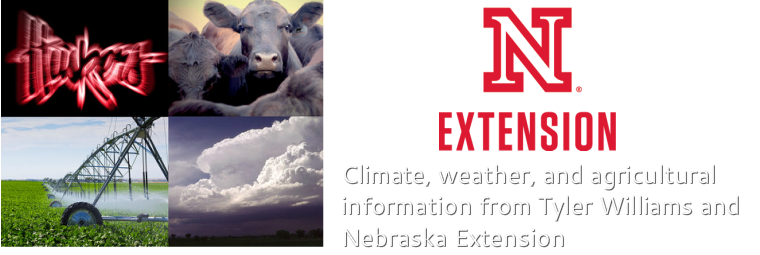
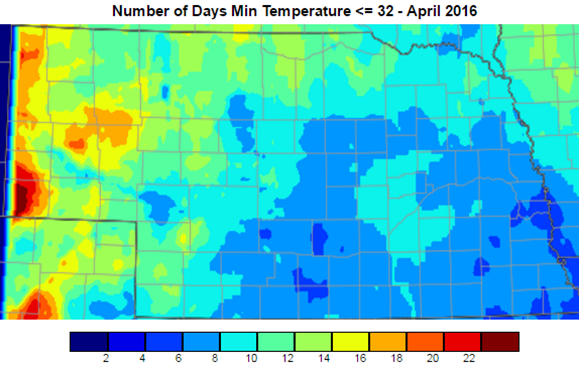

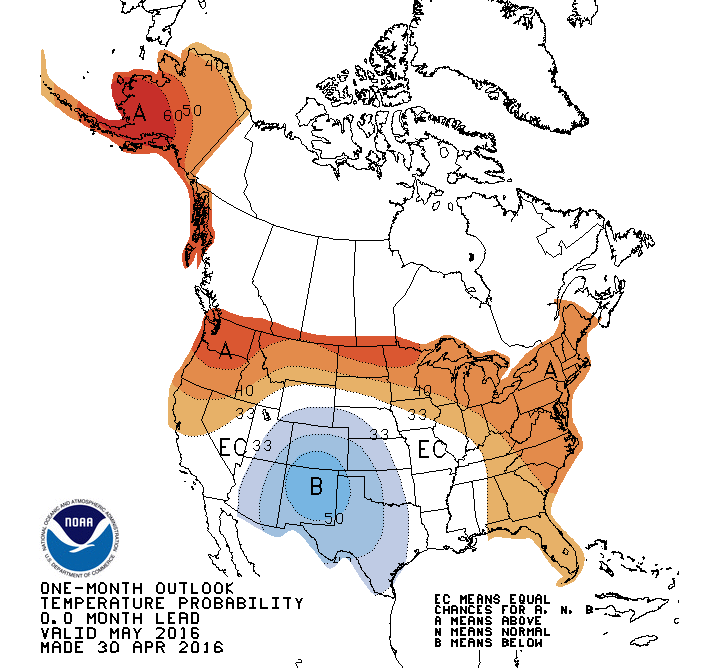

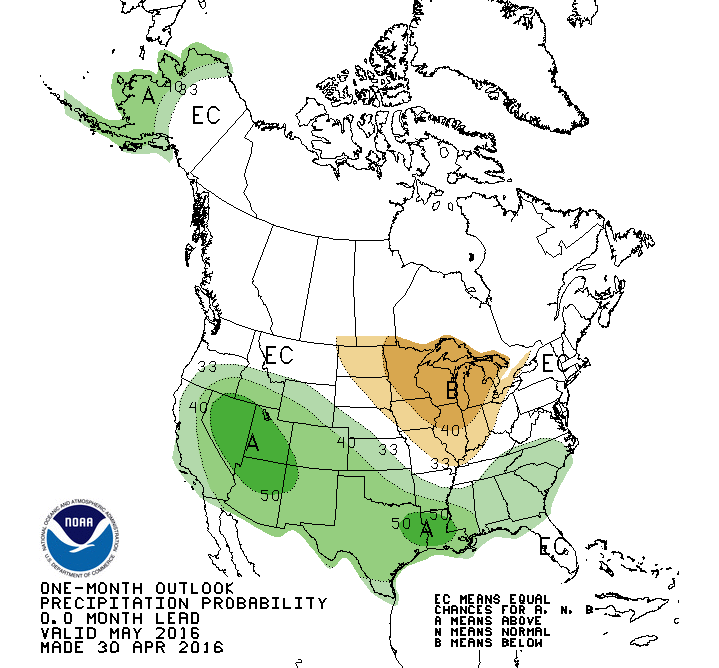
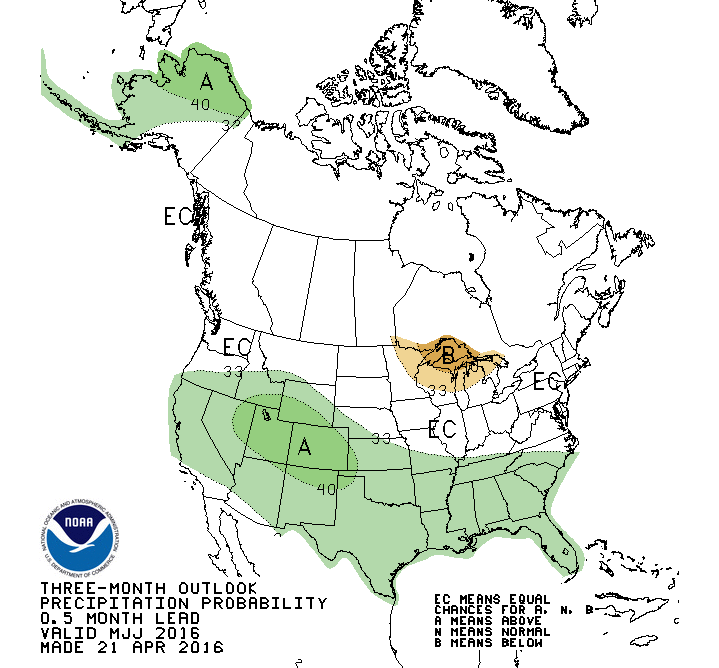
 RSS Feed
RSS Feed
